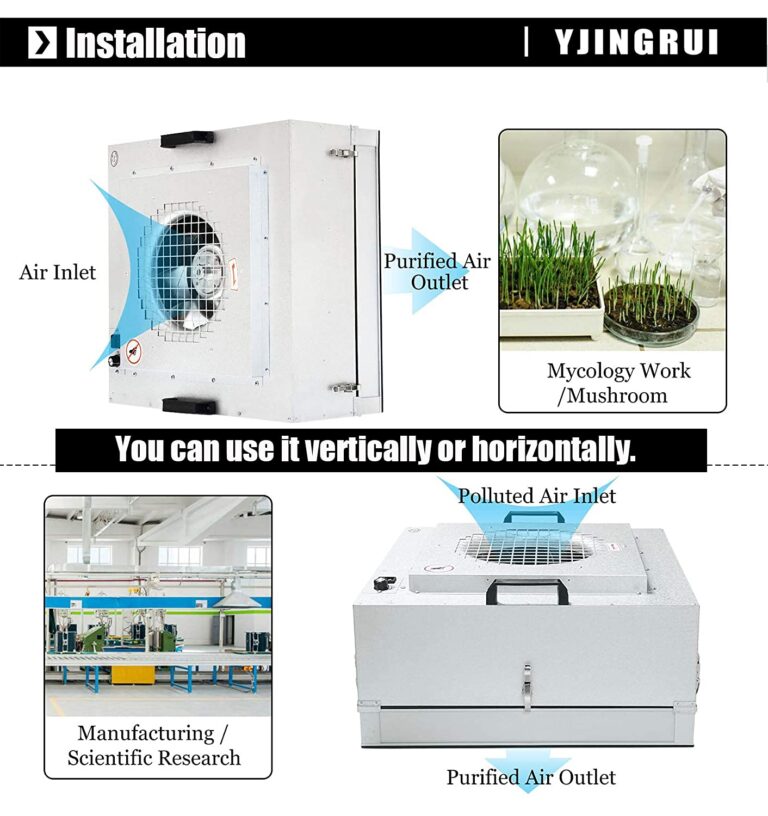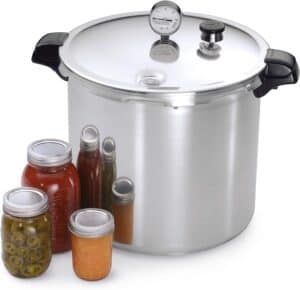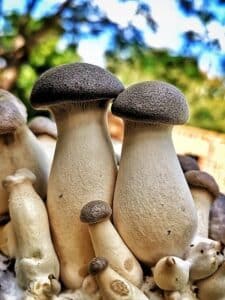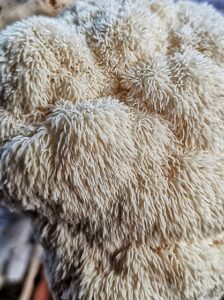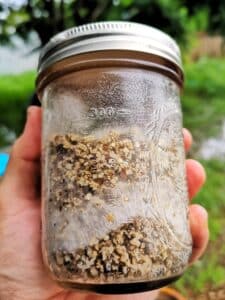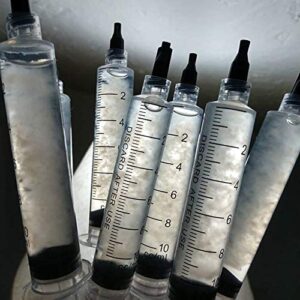Inoculating sterile media or substrate with agar or liquid culture is one of the most important steps in expanding mycelium for mushroom growing. All precautions must be taken to ensure that the culture remains free from contamination. Any fungal spore or bacteria that is transferred during inoculation will result in ruined or poor quality grain spawn, liquid culture or agar plates. At times contamination is not visually noticeable due to different rates of development.
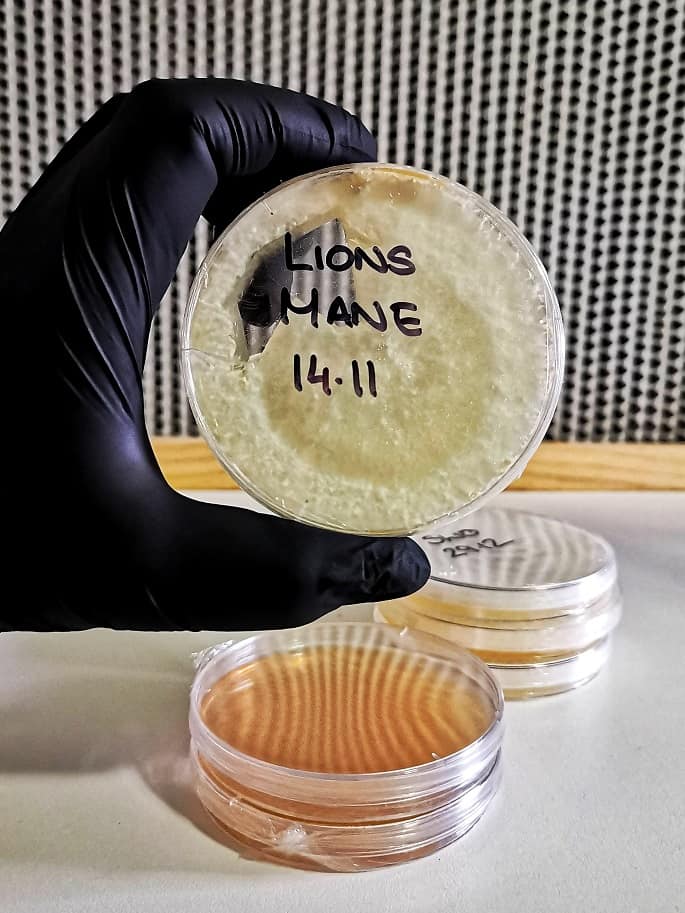
What Is Agar?
Agar is a media commonly used for storing and expanding mycelium cultures. Agar is usually made with a carbohydrate like light malt extract, honey or starchy water from boiled potatoes or grains.
Agar is used to identify contaminants, isolate cultures and germinate spores. Clean segments of agar are used to inoculate sterilised grains or broth to produce grain spawn and liquid culture.
Agar can be used for medium term storage of mycelium cultures. Growth can be slowed by refrigerating the culture, however some species like pink oyster or paddy straw mushroom will not tolerate cold temperatures.
What Is Liquid Culture?
Liquid culture is a suspension of mycelium grown in a 4% sugar broth with optional supplementation. This mycelium suspension is often sold in the form of a syringe for ease of use.
The metallic needle of the syringe can be flame sterilised before being inserted through an injection port for the purpose of inoculating grain spawn or expanding to more liquid culture.
Liquid culture is more suitable than agar when attempting to inoculate media in the absence of a laminar flow hood.
Aseptic Technique
It’s important to adhere to the principles of aseptic technique when working with agar and liquid culture. Aseptic technique is employed to minimise vectors of contamination.
Below are some suggestions to take into consideration when working with mushroom cultures.
- Wash hands and arms
- Use gloves & face mask
- Flame sterilise tools upon use
- Flame sterilisation is essential
- Don’t intercept laminar flow with unsterilised objects
- Don’t pass unsterilised objects over culture work
- Reduce air movement in workspace in the absence of a flow hood
- Don’t speak or breath heavily while cultures are exposed or uncovered.
Using A Laminar Flow Hood
It’s strongly recommended to use a laminar flow hood when working with mycelium cultures & sterile media. A laminar flow hood will produce a steady stream of filtered air free of spores and other contaminants. In the absence of a laminar flow hood it is recommended to work in an enclosed space with minimal air movement. Laminar flow hoods can now be purchased with ease from a number of reputable online suppliers.
Laminar Flow Hoods Delivered
What You'll Need
- Agar or Liquid Culture
- Scalpel
- Alcohol
- Torch
- Gloves
- Face Mask
Step 1. Prepare Work Space
Clean workspace.
Using Agar: Loosen lids on spawn jars or open grain spawn bag.
Using Liquid Culture: Wipe down injection ports with 70% alcohol.
Step 2. Flame Sterilise
Using Agar: Flame sterilise the scalpel, don’t place down after sterilisation.
Using Liquid Culture: Flame sterilise the metallic needle tip of the liquid culture syringe.
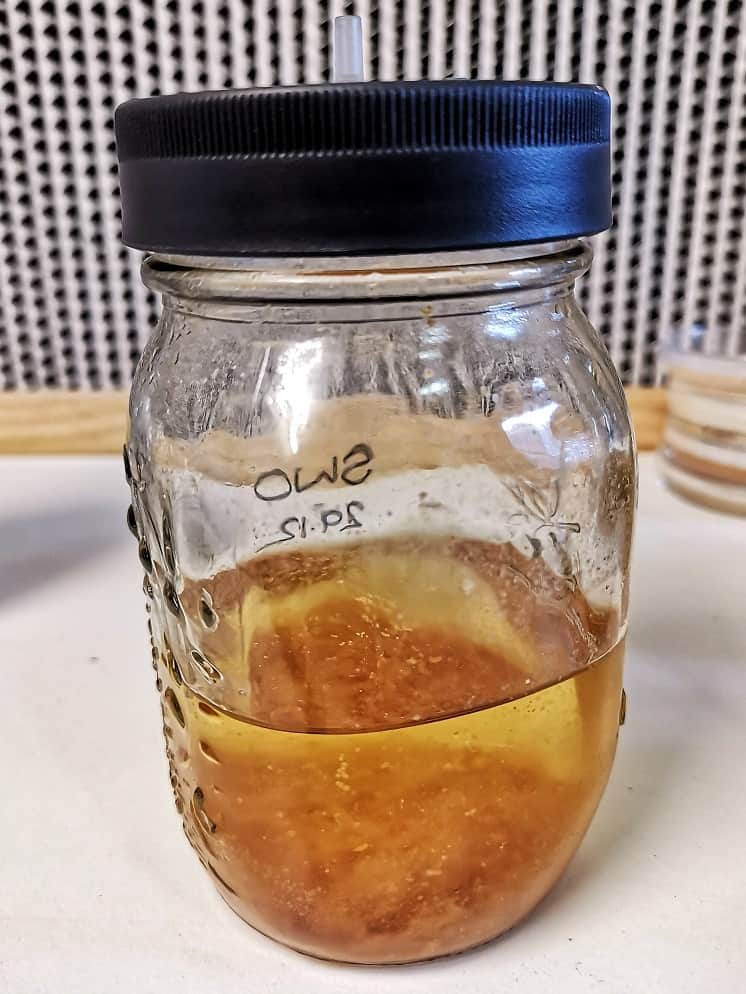
Step 3. Inoculate
Using Agar: Remove lid of agar culture, using the scalpel remove a segment of colonised agar. Place agar in either the jar or bag of sterile media.
Using Liquid Culture: Shake liquid culture syringe and inject 1 ml into the jar or bag via the injection port. Remove syringe, wipe down, flame sterilise and re-cap.
Try Cloning Mushrooms At Home
Learn how to create a mushroom culture at home from a fresh mushroom with our step by step video guide and tutorial.

